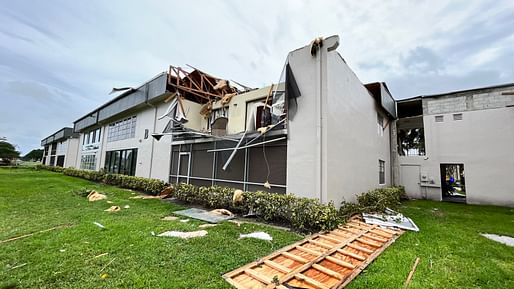

Researchers from the National Institute of Standards and Technology (NIST) have devised a new method to digitally simulate hurricanes. Using data derived from 100 years of hurricane monitoring, infused with modern AI techniques, the researchers suggest that simulating the trajectory and wind speeds of storms can help develop improved guidelines for the design of buildings in hurricane-prone regions.
The research, published recently in Artificial Intelligence for the Earth Systems, envisions a scenario where designers are directed to standardized maps by their local building codes. On these maps, designers can find the level of wind their proposed structure must handle based on its location and relative importance. For example, the resilience standards of a hospital would be regarded as higher than that of a self-storage facility.
The wind speeds in the maps are derived from scores of hypothetical hurricanes simulated by computer models, which are themselves based on real-life hurricane records. The models use machine learning to mimic actual hurricane damage, with data from over 1500 storms used for training the model.
With enough quality information to study, machine-learning algorithms can construct models based on patterns they uncover within datasets that other methods may miss. Those models can then simulate specific behaviors, such as the wind strength and movement of a hurricane.
“Imagine you had a second Earth, or a thousand Earths, where you could observe hurricanes for 100 years and see where they hit on the coast, how intense they are,” study co-author Adam Pintar of NIST said. “Those simulated storms, if they behave like real hurricanes, can be used to create the data in the maps almost directly.”
In the coming years, the researchers hope to produce and propose new maps for inclusion in building standards and codes.
No Comments
Block this user
Are you sure you want to block this user and hide all related comments throughout the site?
Archinect
This is your first comment on Archinect. Your comment will be visible once approved.